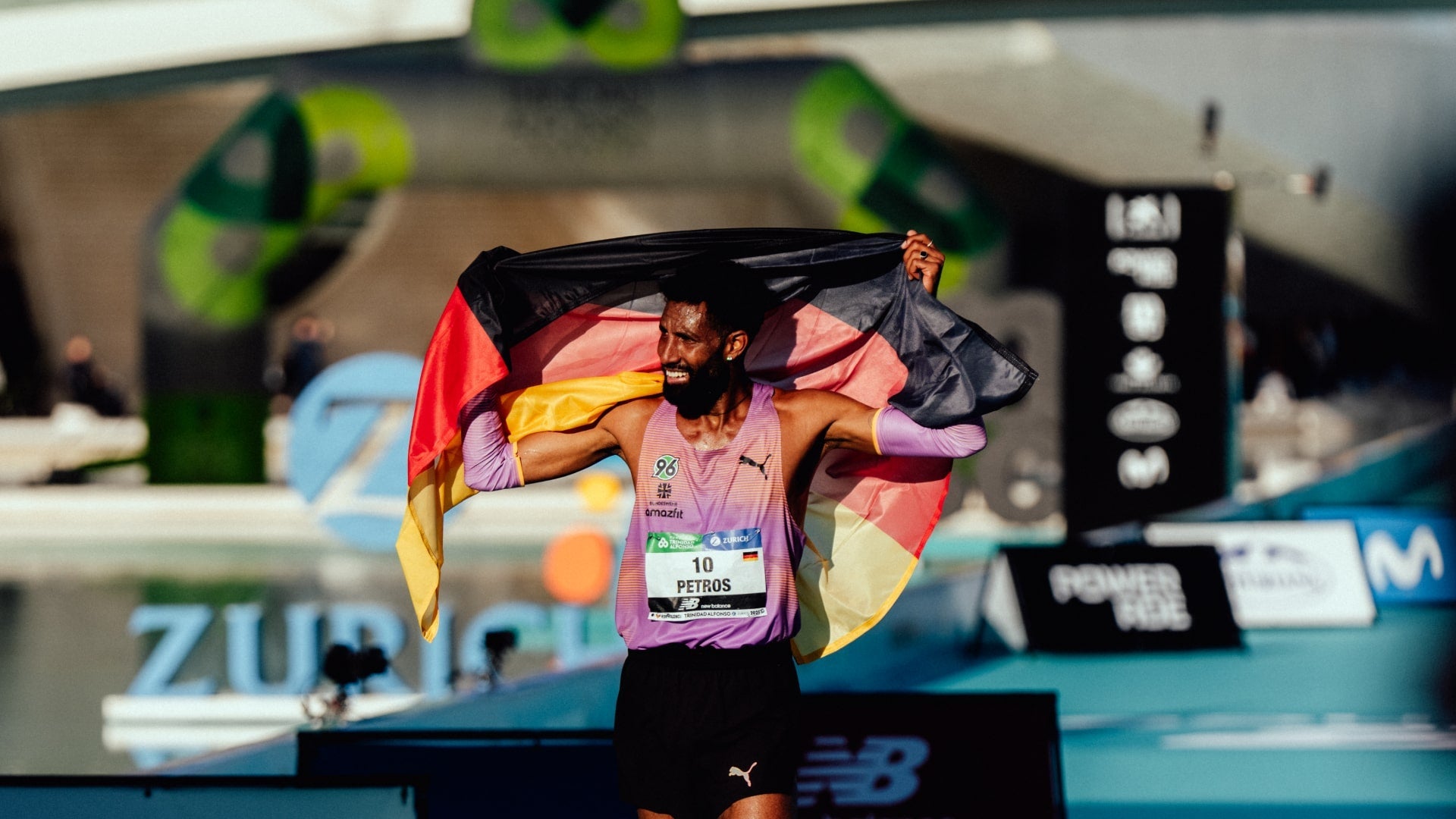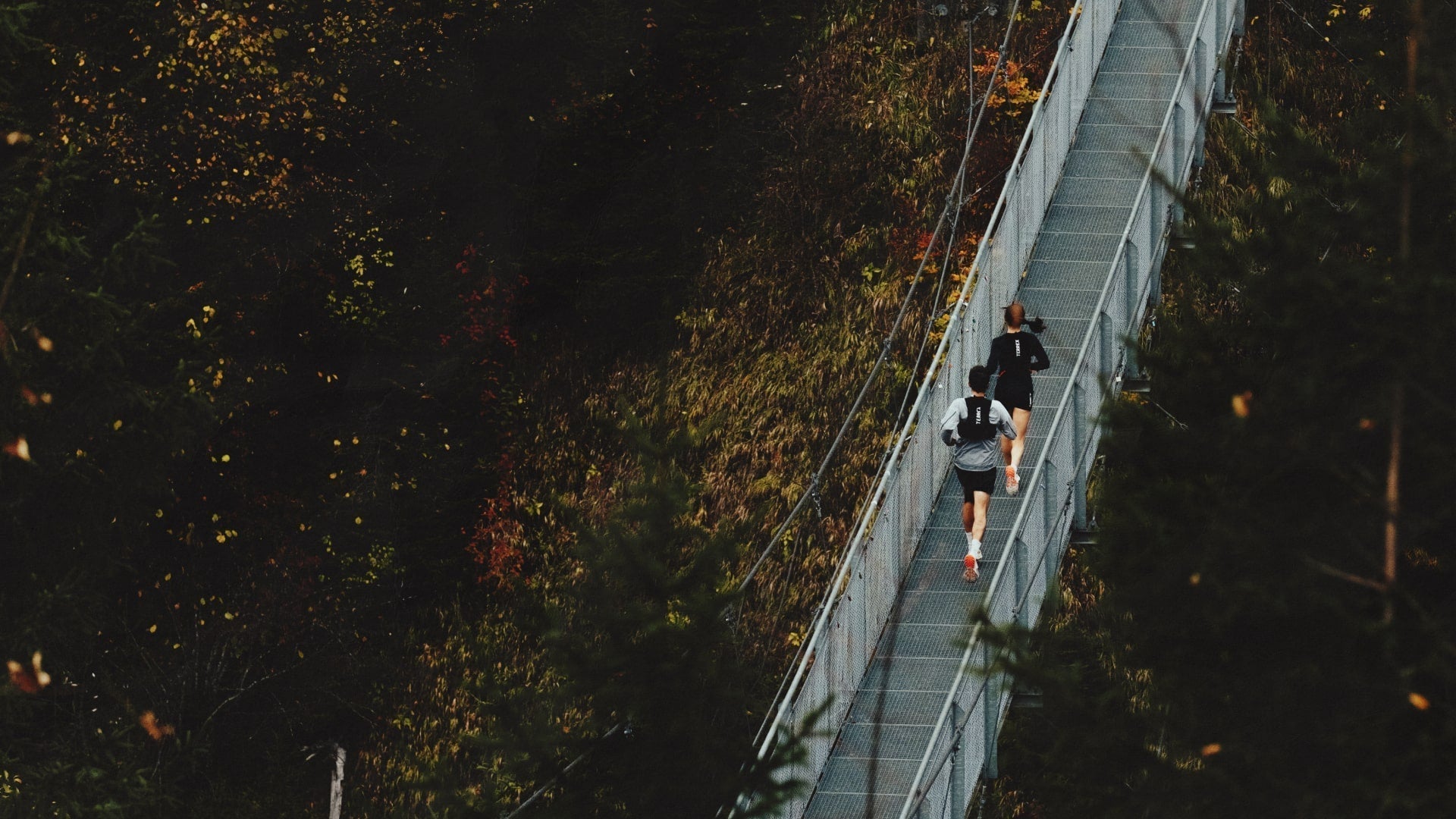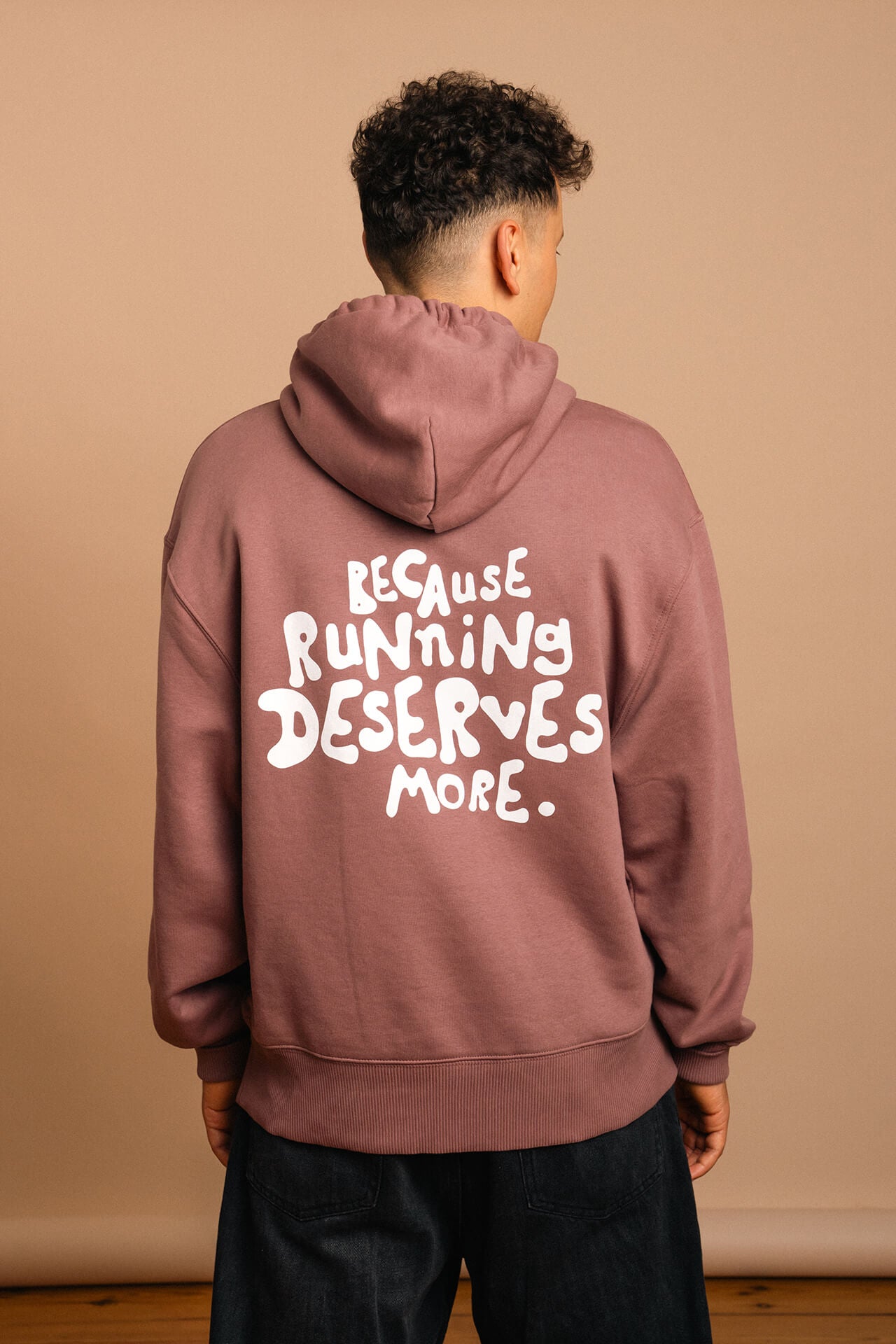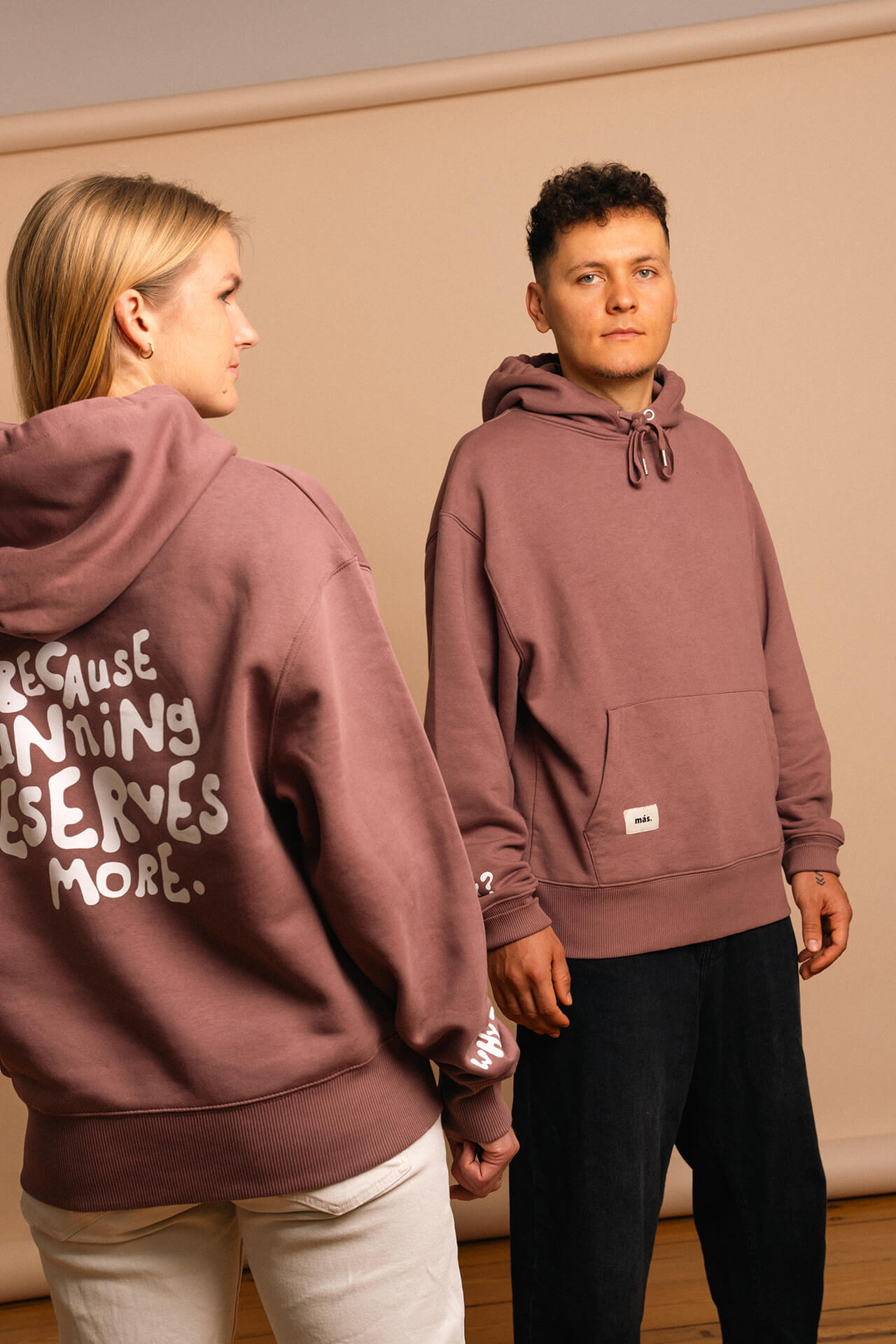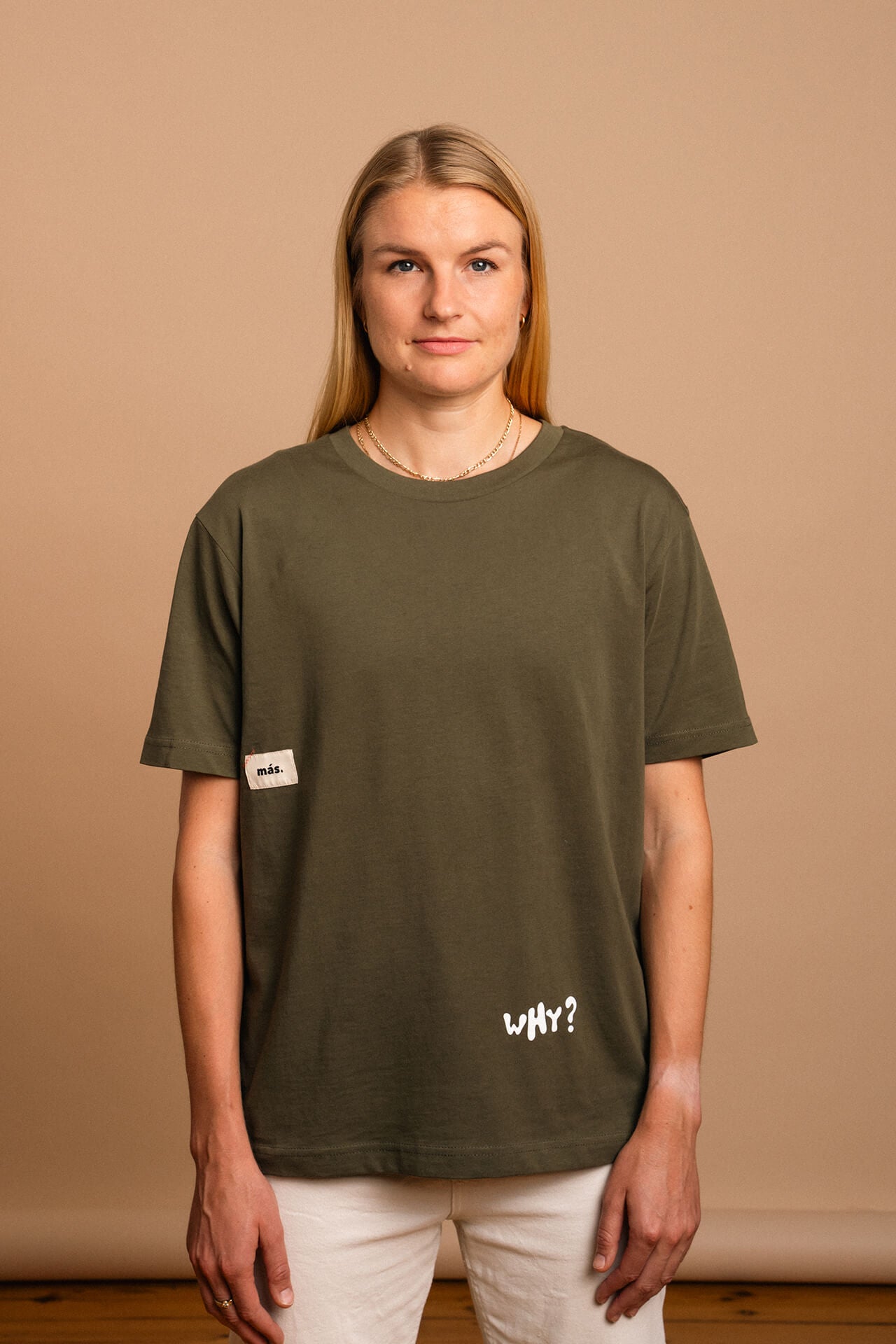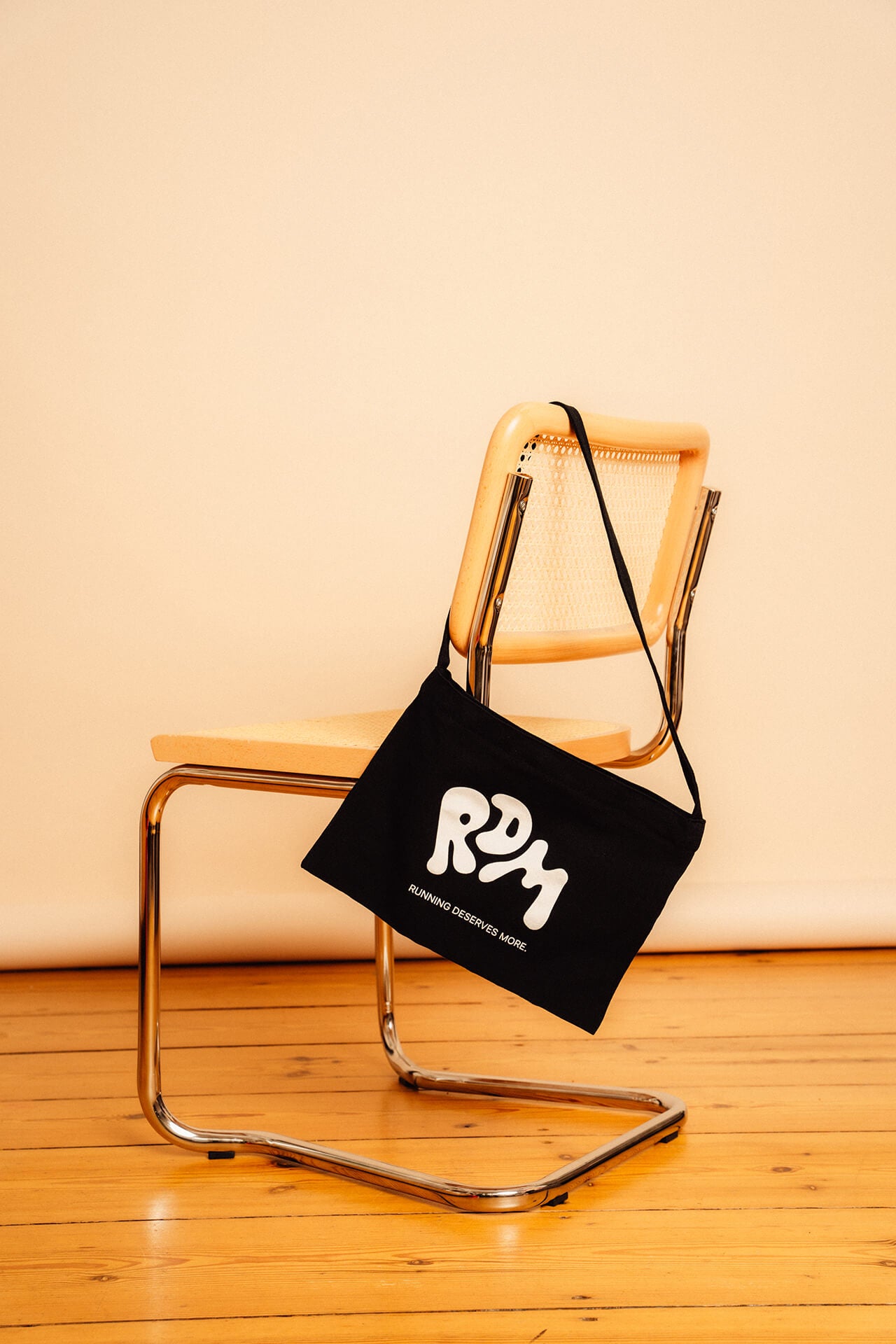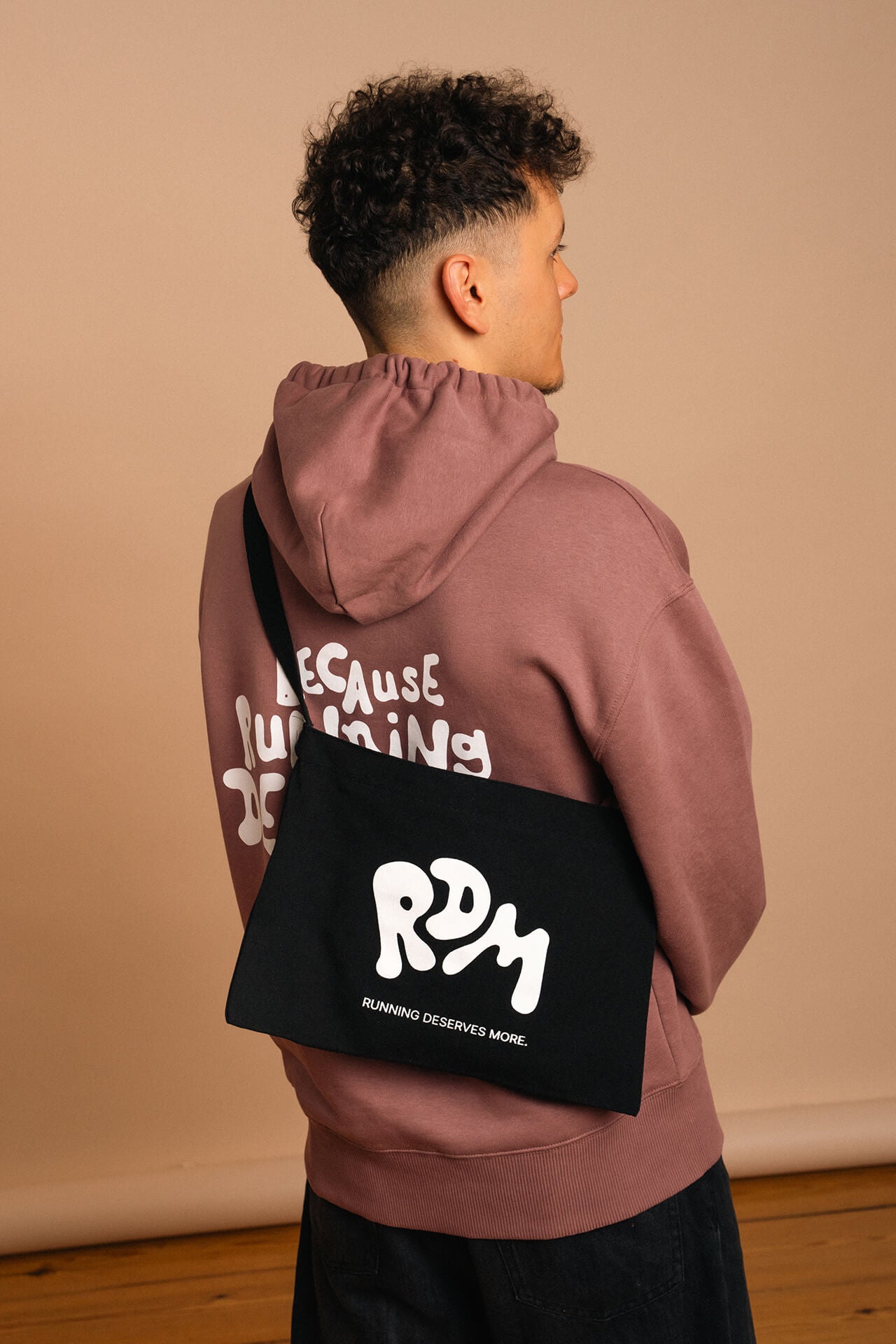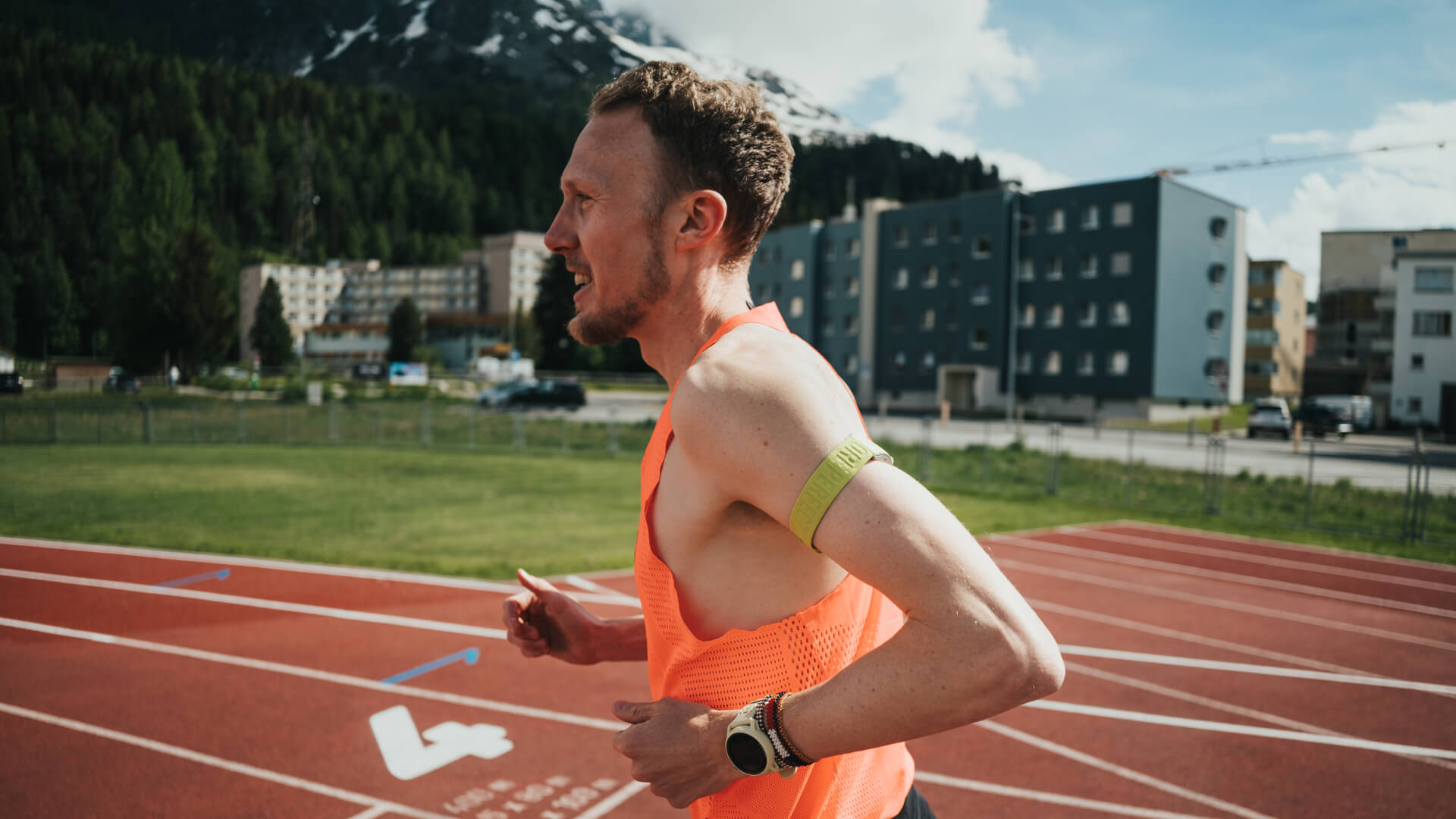
Systematic approach to success: How Richard Ringer mastered the Olympic marathon
Richard Ringer shone as the best German in the Olympic marathon in Paris. But what is behind his success? A crucial element in his training made the difference.
Words: Lukas Motschmann
Photos: Kai Heuser and Coros

This article was created in collaboration with Coros.
The German professional runner Richard Ringer made a strong statement at the marathon in Paris. With an impressive 12th place, he became the best German and third best European at the 2024 Olympic Games. For him personally, it was an achievement that he values more highly than his European championship title 2022. His time of 2:09:18 is one of the best of his career, especially because of the tough course and strong competition.
But this success was no accident. Ringer planned his training precisely and prepared himself specifically for the challenges of the Olympic marathon - and it paid off. How exactly did he do it - and what can we amateurs learn from it?
1. The training: As varied as possible. Richard brings a lot of variety and a clear structure to his training. Every week he not only runs 120 to 190 kilometers, but also regularly incorporates cross-training into his daily routine. He uses two units per week for cycling, swimming, elliptical training or other aerobic workouts. In addition, he does strength training once or twice to stay fit all round.
2. Paris in sight: The three elements on which his success is based. As a professional runner, Richard travels a lot - for Paris he prepared in three different countries and took advantage of the different conditions. Even if you train in less professional conditions, careful and targeted preparation can significantly improve your performance and help you achieve your personal best.
mountain and altitude training in Kenya
An important part of Richard's preparation was the altitude training camp in Kenya. During his preparation, he spent several weeks there at an altitude of around 2,400 meters. Altitude training is common among professionals because it helps the body to use oxygen more efficiently.
In addition to the altitude, Richard also used the mountainous routes in Kenya to prepare himself for the climbs on the Olympic course in Paris. "I had already looked closely at the route in Paris in December, February and April to know what to expect," says Richard. He didn't want to leave anything to chance and sought out precisely these challenges in training.
Like Olympic 5000m champion Jakob Ingebrigsten, Richard uses COROS performance sports technology to analyze and adjust his training. If you look at his training data , you can see exactly how he trained to run uphill and downhill.

According to Richard, downhill running in particular should not be underestimated: “I felt the heavy strain on my legs from downhill running and knew that this was exactly what I needed to prepare for the course in Paris.”
A training example for hills: 6 x 2 km with short breaks, 1 km uphill and 1 km downhill each.
Perfecting the Long Run in Switzerland
At another training camp in St. Moritz in Switzerland, Richard tried to simulate the two climbs in Paris even more accurately. In order to prepare himself as best as possible, he ran the first half of long runs on a flat course - and then tackled a longer climb on the second half of the long run.
A training example for long runs: First half run flat, second half steadily slightly uphill
Enduring the Heat in Italy
After his stay in Switzerland, Richard faced one final, crucial challenge: training in the heat. "The missing piece of the puzzle was preparing for high temperatures," says Richard. "So we headed to Viareggio in Italy, where it was around 30 degrees - perfect for getting my body used to such conditions."
A training example for heat: Two 10-kilometer runs slightly slower than marathon pace, with one kilometer of easy jogging in between
In hot weather, the body has to use some of its energy to cool itself down. This means that less energy is available for the working muscles - and the heart rate increases. This can be clearly seen in Richard's performance data .
How did Richard's race in Paris go?
At the Olympic Games, the marathon race was to be decided on two climbs. The temperatures in Paris were also relatively high for a marathon at 23 degrees. But Richard was now able to benefit significantly from his mountain and heat training. His preparation helped him to wisely dose his energy during the race. On the first climb, he pushed himself into the top 20, and on the second climb he ran so efficiently that his pulse remained constant, despite the intense effort. This made his strong finish possible. In the final kilometers, he overtook seven other runners and finished his Olympic race in 12th place.

If you liked the insights from this post and want to learn more about data-driven training, you will find what you are looking for in the COROS articles about the two gold medal winners in the 5,000m, Jakob Ingebrigtsen, and the Olympic triathlon, Alex Yee .


